Feeding Your Baby
Breastfeeeding Your Best
Feeding Your Baby
Getting to know your baby’s hunger and fullness cues can help you figure out how often and how much to feed your baby. Additionally, there are different types of breastmilk as baby matures. Below you will learn the different types and visual characteristics breastmilk.
Signs From Baby
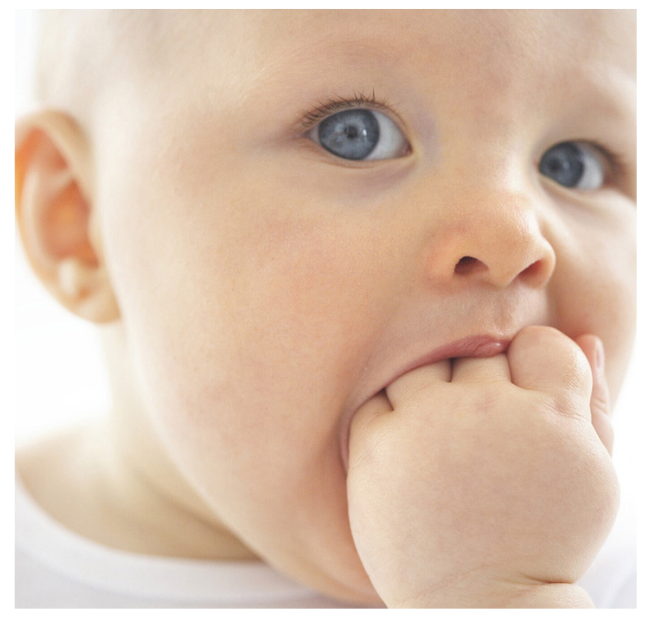
SIGNS YOUR BABY IS HUNGRY
- Makes sucking noises
- Lip smacking
- Searches for nipple
- Tongue sticks out
- Fists moving to mouth
Crying is a late sign of hunger, and it can be hard to calm a baby who is crying to feed, or it can tire baby and use the energy needed to breastfeed.
SIGNS YOUR BABY IS FULL
- Turns away from nipple
- Relaxes body
- Sucks slowers or stops
- Falls asleep
If baby stops sucking and does not come off the breast, slide your finger to the corner of your baby’s mouth to break the seal with your breast, and take baby off. Burp your baby and then offer your baby the other breast.
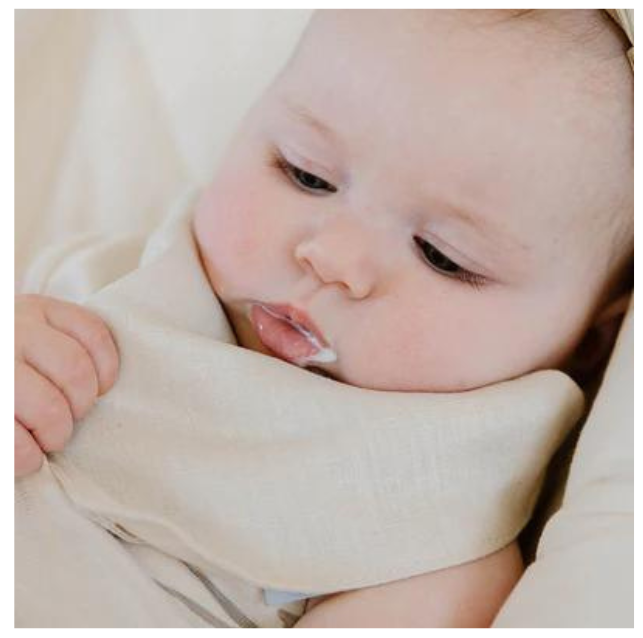
Feeding Times For Your Baby

Feed your baby when they show signs of hunger. Newborn babies should eat at least 8-12 times in a 24 hour period. Usually every 1-3 hours.
There is no set limit. Feeding may be 15-20 minutes or longer per breast. Your baby will let you know when they are finished eating.
CLUSTER FEEDING
There may be times when your baby wants to feed much more often and sometimes for shorter amounts of times. This is normal, especially in the first few days after birth and before a growth spurt.
Types of Milk
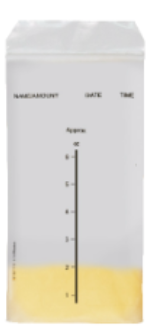
Colostrum
BIRTH TO 4 DAYS OLD
Thick, yellow milk that is packed full of important nutrients that protects baby from infections. This is all your baby needs right now.
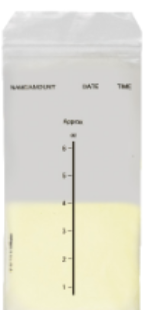
Transitional Milk
ABOUT 4 TO 14 DAYS OLD
As you milk increases, transitional milk slowly replaces colostrum becoming cream color.
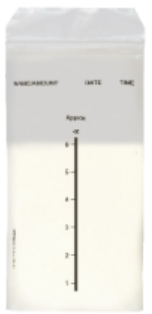
Mature milk
2 WEEKS AND BEYOND
Thinner and more watery. It can look white, yellow, or blue tinted.
Your milk will continue to change as your baby grows.
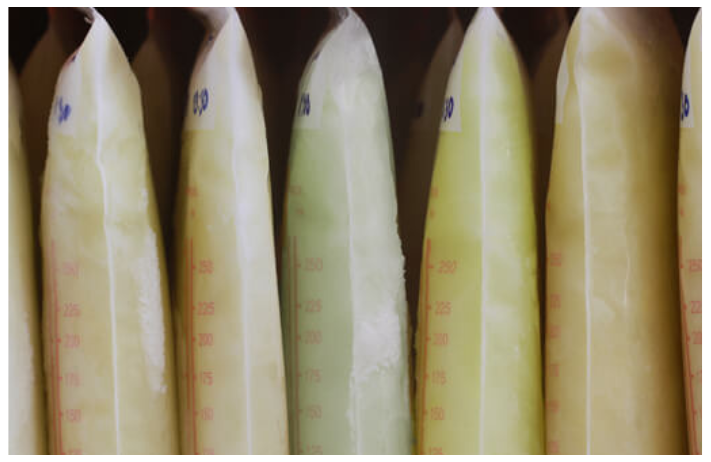
Color
Color of your breastmilk can vary depending on what you eat. It can be yellowish, bluish, greenish, or brownish.
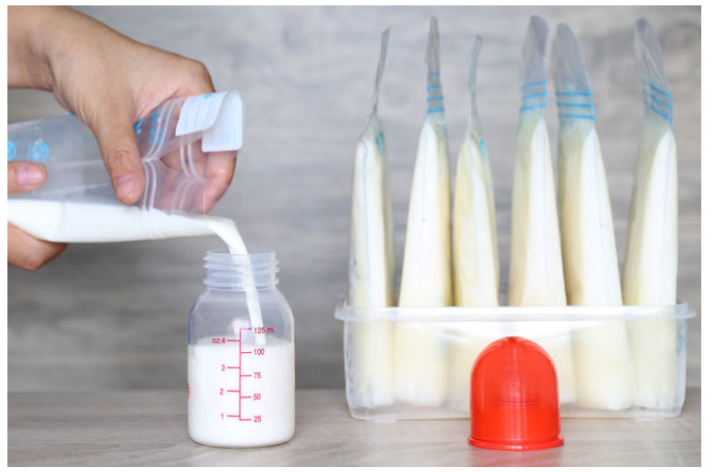
Smell
Breastmilk does not have a strong odor. Sometimes it can smell sour or soapy even though it is still perfectly safe.
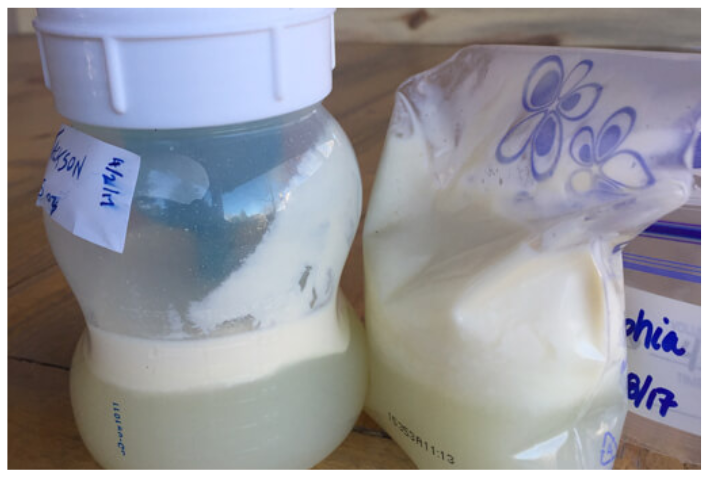
Layers
It is normal for breastmilk to separate into layers with the fat rising to the top. Simply mix before feeding.
